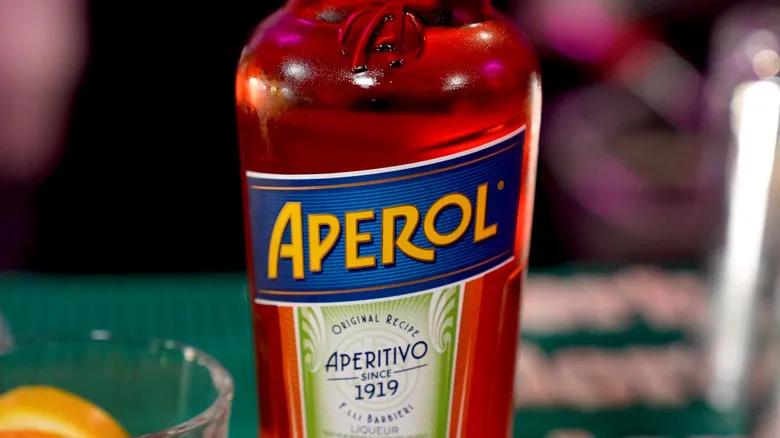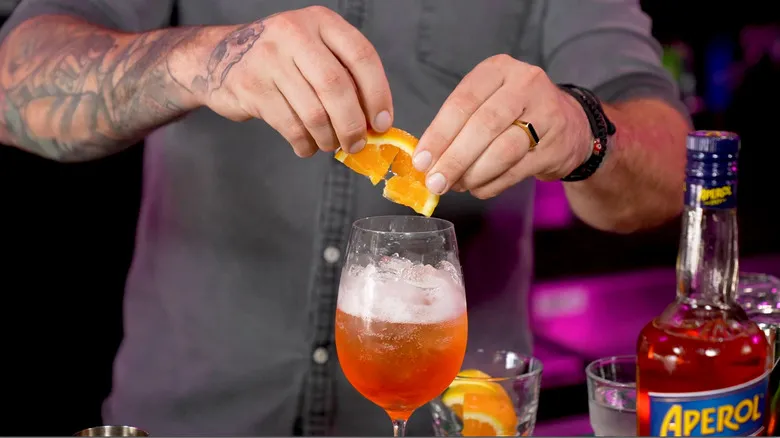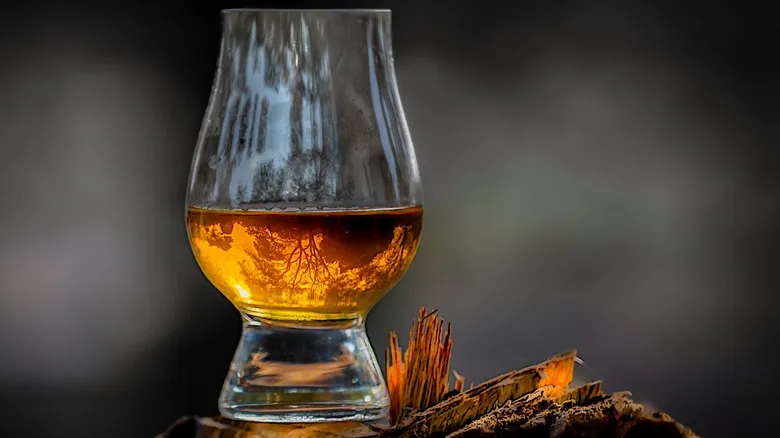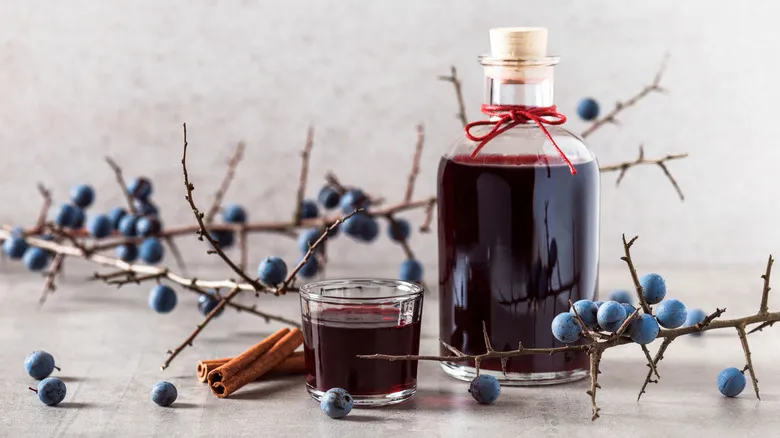Stick to the basics when making an Aperol Spritz

Lockwood's perfect Aperol spritz is crafted with just four essential ingredients: Aperol, sparkling wine, club soda, and orange slices. Adding anything more complicates the drink, making it more about appearance than substance.
Aperol, the star of the show, is a vibrant orange Italian aperitif. Lockwood describes it as "a liqueur that is light and aids digestion. Many people enjoy it before or after meals to enhance their dining experience." While the exact recipe for Aperol remains a closely guarded secret, the liqueur is known for its slight bitterness and flavors of orange, rhubarb, and gentian root.
For the sparkling element of an Aperol spritz, prosecco is the traditional choice. Lockwood states, "Any prosecco will work." You can adjust the type to suit your taste, whether you prefer something drier or sweeter. Those who enjoy a sweeter prosecco might choose it to balance the bitterness of Aperol, but Lockwood admits, "I personally prefer drier sparkling wines." As a result, he often opts for a French brut, a dry sparkling wine, instead of prosecco.
How to serve an Aperol Spritz

Creating an Aperol spritz is straightforward, as it follows a simple "3-2-1" ratio: three parts prosecco, two parts Aperol, and a splash of club soda. In Lockwood's version, he uses 3 ounces of brut and just under 2 ounces of Aperol before topping it off with club soda. You can serve this cocktail in either a wine glass or a bubble glass, but make sure to fill it with ice from bottom to top before pouring to keep it chilled, and give it a good stir once you’re done pouring.
Traditionally, an Aperol spritz is garnished with a slice of orange. While some mixologists opt for just a twist of orange peel for decoration, Lockwood believes that’s a missed opportunity. He likes to squeeze a bit of juice into the drink and place the slice against the side of the glass for added flavor. He also prefers using two orange slices instead of one for an extra burst of citrus.
Ultimately, it’s all about simplicity and adhering to that 3-2-1 formula—then savor your drink. The only way to truly ruin an Aperol spritz is by overcomplicating the process.
Recommended

The Best Cocktail Bars To Visit When In New York City

What Does Peat Mean When It Comes To Whiskey?

Swap Red Wine For Champagne In Your Next Batch Of Sangria

Sloe Gin Isn't Actually Gin (But Does It Really Matter?)
Next up
